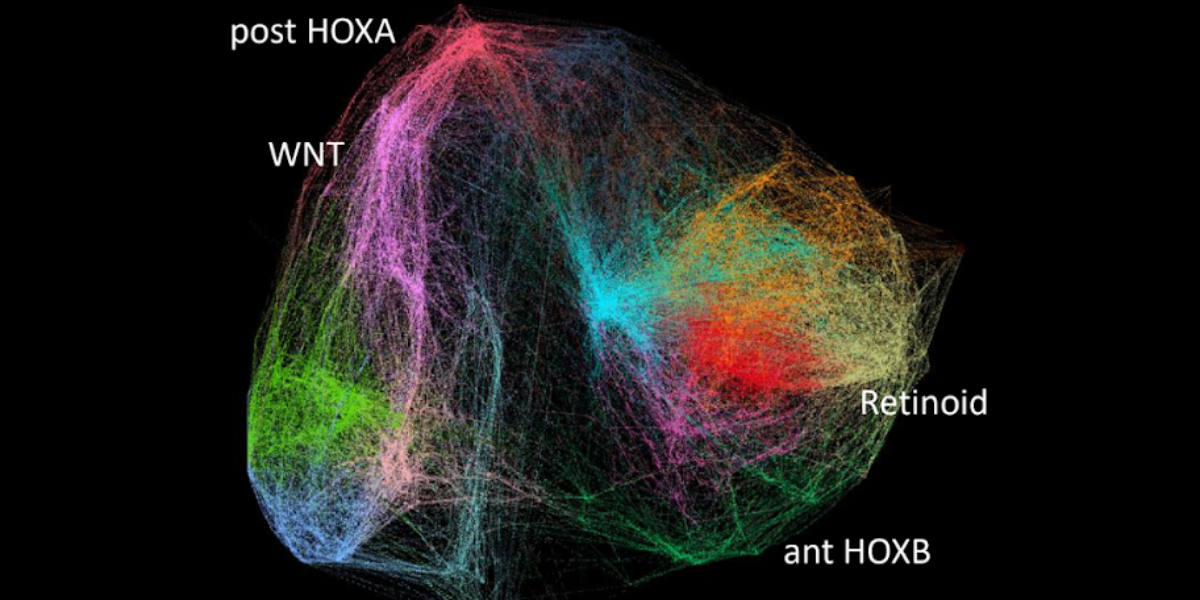
Biomedical Technologies
Treatment/ Rehabilitation
Augmented and virtual reality environments: The Laboratory for Investigative Virtual Environments (LIVE) specialises in medical diagnostics and rehabilitation technology based on augmented and virtual reality environments that capture and simulate the motion e.g. gait of a patient. The technology can not only be used to understand cognition but can also be applied to diagnose a range of medical conditions that influence human movement and support rehabilitation of patients with conditions such as stroke or osteoarthritis (Pelah).
Musculoskeletal biomechanics and bionics: Understanding how humans move has been a fascination for centuries. Ellison’s bionics lab at York is integrating knowledge on musculoskeletal biomechanics with neurophysiology to develop a full understanding of how people move. This work has produced novel solutions in bionics, such as methods of event detection during movement and improved understanding of failure modes in total knee arthroplasty.
Medical Robotics involves development of technological solutions for human ailments. This involves inter-disciplinary research by exploring multiple domains of basic sciences, microbiology, engineering, and robotics. Healthcare robotics group focusses on developing AI-enabled solutions for surgical, in-vivo diagnosis and rehabilitation applications. Soft robotics form the backbone core of the technology development at this group. Some areas of research focus have been early cancer diagnosis, therapeutics, surgical interventions and neurological disorders (Chauhan).
Understanding Disease
In addition to developing technologies that have direct application in healthcare settings, such as Drug Discovery, we also develop new hardware and software tools that help us understand and ultimately better manage disease. For example, we have demonstrated a novel analytical technology, named Phenospot, that allows us to map the three-dimensional (x, y, time) distribution of multiple cell-secreted signalling molecules with single cell resolution. By understanding when and where these signalling molecules are secreted, we are able to better understand how the behaviour and function of cells within our bodies are coordinated.
Computational neuroscience involves interaction between the Physical Sciences (Engineering, Mathematics, Statistics) and Life Sciences (Neuroscience, Psychology, Neurophysiology). Researchers across these fields aim to understand the operation of the nervous system through the use of techniques which include mathematical analysis of neural signals, and modelling of the electrical activity in single neurones and groups of neurones (Halliday).


